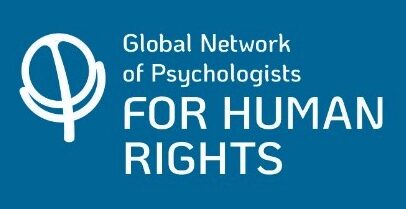The intersection of data and human rights has been one of the defining issues of our age. The main human right that is addressed is Article 8, the right to privacy. This right comes under scrutiny as the proliferation of electronic data production, transmission and storage, expands the ways in which “big data” can be used to impinge on personal privacy and anonymity, and to track and monitor individuals.
Data and Privacy: Human Rights Concerns
Over the past few years, the pace of change in this field has been very rapid so that in most countries a great deal of personally identifiable information is available to governments and large companies. These data, especially when combined with recognition software and learning algorithms, can be used to track and monitor individual behavior (e.g. mass surveillance) to influence choices in, for example marketing, but also in more direct ways, as in social credit systems where data are used directly to control the way societies work. There is even a discipline in this field called Social Physics which uses big data to understand how we interact in our social world.
All of this can be used for the common good, for example to monitor and track humanitarian crises, or progress in the implementation of social programs (for example the United Nations proposes using big data to track progress toward the UN Sustainable Development Goals).
However, given its enormous power, big data can be used to seriously violate human rights in many aspects of people’s lives by restricting movement, speech or expression of opinion.
Big data and health: The overall issue of digital health information is becoming a significant issue where more and more technology is available to collect personal health information from so-called ‘wearables’ like watches.
Use of Big Data in Psychology Research: Human Rights concerns
Although the use of “big data” for psychological research (e.g. using data gathered from social media and smart phone use) has the potential to play an important role in understanding human behavior, health, and well-being, there are also potential human rights risks. The collection and mining of these data are largely invisible to those “providing” the data who have no knowledge of how their information is used and no opportunity to provide or decline informed consent. The anonymity and privacy of individuals cannot be guaranteed even when data are de-identified and nor can data security be assured.
A contemporary example
Over the past year, the COVID-19 pandemic has been an object lesson in how human rights, access to data and challenging public health questions can come into collision. For example, data gathering technologies, including smart phones, street cameras, temperature monitors, drones, used with facial recognition software, digital tracking apps and machine learning algorithms have been used to monitor, identify, and track individuals for the purpose of containing exposure or transmission of the virus. Using these data to monitor or sanction individuals has been justified as public health measures during a pandemic, but also raises concerns about more widespread use.
References:
Human Rights, Big Data and Technology Project: https://www.hrbdt.ac.uk/publications/
Big Data in Psychology – Special Issue in Psychological Methods,2016
https://www.ncbi.nlm.nih.gov/pmc/articles/PMC5221569/
Social Physics: https://en.wikipedia.org/wiki/Social_physics
Machine leaning and human rights implications:
2021 Reith Lectures “Living with Artificial Intelligence”. https://www.bbc.co.uk/programmes/b00729d9
UN guidance on using big data to track SDGs : Data Privacy, Ethics and Protection: Guidance Note on Big Data for Achievement of the 2030 Agenda. https://unsdg.un.org/resources/data-privacy-ethics-and-protection-guidance-note-big-data-achievement-2030-agenda
